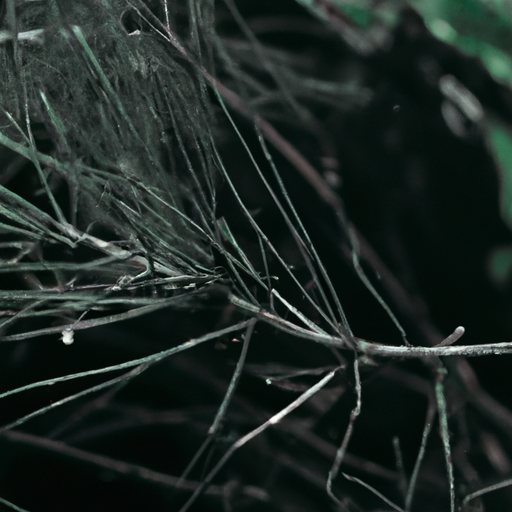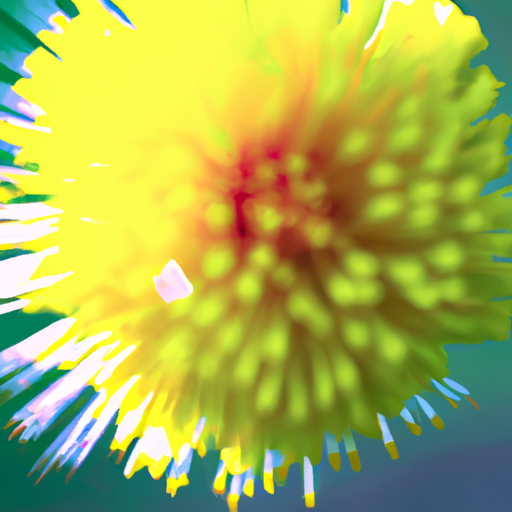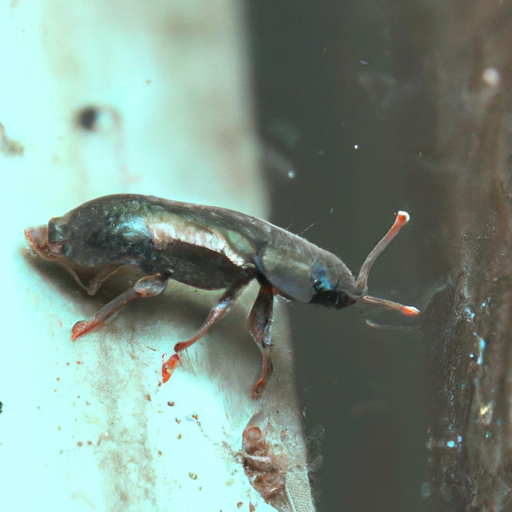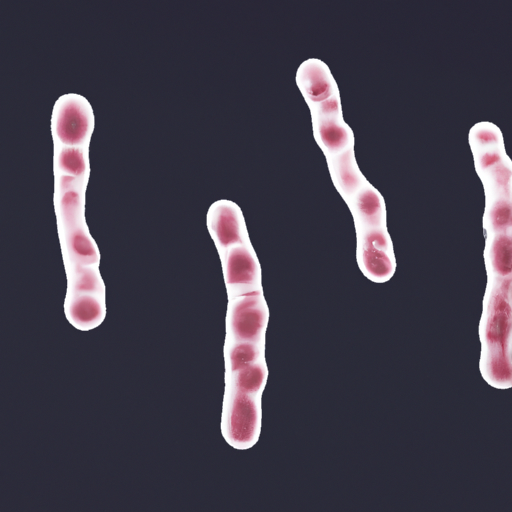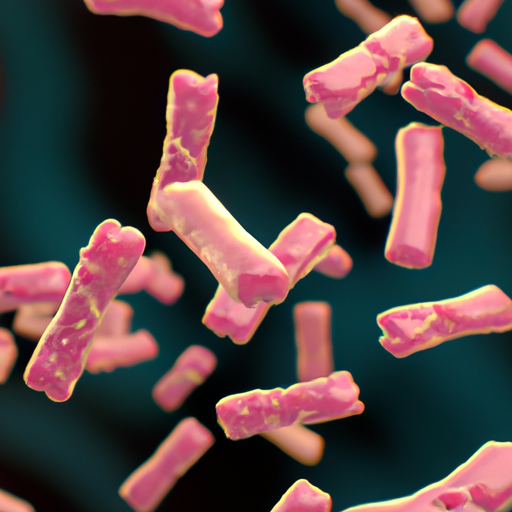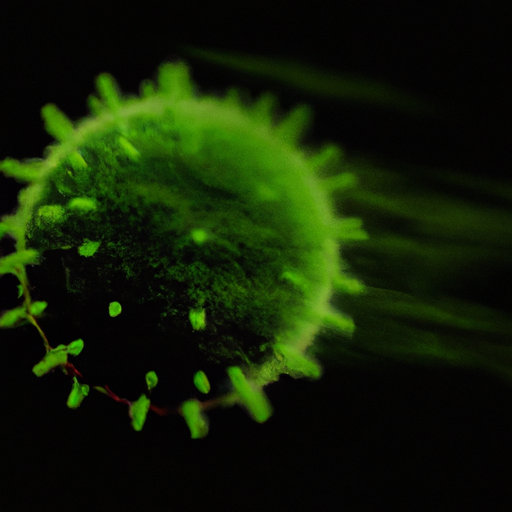Yusho Disease is a rare condition that affects individuals who have been exposed to certain toxic substances. It is characterized by a range of symptoms, including skin lesions, acne, pigmentation changes, chloracne, hyperkeratosis, respiratory problems, liver damage, nerve damage, joint pain, and photosensitivity. In this article, we will delve into the details of Yusho Disease, its causes, symptoms, and potential treatments.
Causes of Yusho Disease
Yusho Disease is primarily caused by exposure to polychlorinated biphenyls (PCBs), a group of toxic chemicals that were widely used in electrical equipment, hydraulic fluids, and other industrial applications until they were banned in the 1970s. PCBs are persistent organic pollutants that can accumulate in the environment and the food chain, leading to human exposure.
Symptoms of Yusho Disease
The symptoms of Yusho Disease can vary from person to person, but there are several common manifestations that individuals may experience:
Skin Lesions
One of the hallmark symptoms of Yusho Disease is the development of skin lesions. These lesions can range from mild acne-like eruptions to more severe forms of dermatitis. The skin may also undergo pigmentation changes, leading to discoloration.
Respiratory Problems
Exposure to PCBs can cause respiratory problems, such as coughing, wheezing, and shortness of breath. These symptoms may be particularly pronounced in individuals who have pre-existing respiratory conditions, such as asthma.
Liver Damage
PCBs are known to be hepatotoxic, meaning they can cause damage to the liver. Yusho Disease patients may experience liver dysfunction, which can manifest as jaundice, abdominal pain, and elevated liver enzymes.
Nerve Damage
Long-term exposure to PCBs can lead to nerve damage, resulting in symptoms such as numbness, tingling, and muscle weakness. In severe cases, individuals may experience difficulty with coordination and balance.
Joint Pain
Yusho Disease can also cause joint pain and stiffness, similar to the symptoms of arthritis. This can significantly impact an individual’s mobility and quality of life.
Photosensitivity
Some Yusho Disease patients may develop photosensitivity, meaning their skin becomes more sensitive to sunlight. This can result in an increased risk of sunburn and other skin damage.
Treatment and Management
Unfortunately, there is no cure for Yusho Disease. However, there are several approaches that can help manage the symptoms and improve the quality of life for affected individuals:
Medical Monitoring
Regular medical check-ups are essential for individuals with Yusho Disease. This allows healthcare professionals to monitor the progression of the disease, assess organ function, and provide appropriate interventions.
Symptomatic Treatment
Various medications can be prescribed to alleviate specific symptoms of Yusho Disease. For example, topical creams or ointments may be used to treat skin lesions, while pain relievers can help manage joint pain.
Lifestyle Modifications
Adopting a healthy lifestyle can have a positive impact on managing Yusho Disease. This includes maintaining a balanced diet, engaging in regular exercise, and avoiding exposure to environmental toxins.
Supportive Therapies
Physical therapy and occupational therapy can be beneficial for individuals with Yusho Disease, as they can help improve mobility, manage pain, and enhance overall well-being.
Conclusion
Yusho Disease is a complex condition that can have a significant impact on the lives of affected individuals. While there is no cure, proper management and support can help alleviate symptoms and improve quality of life. It is crucial for healthcare professionals to stay informed about Yusho Disease and provide appropriate care to those affected. Additionally, efforts should be made to raise awareness about the dangers of toxic substances like PCBs and promote stricter regulations to prevent future cases of Yusho Disease.

